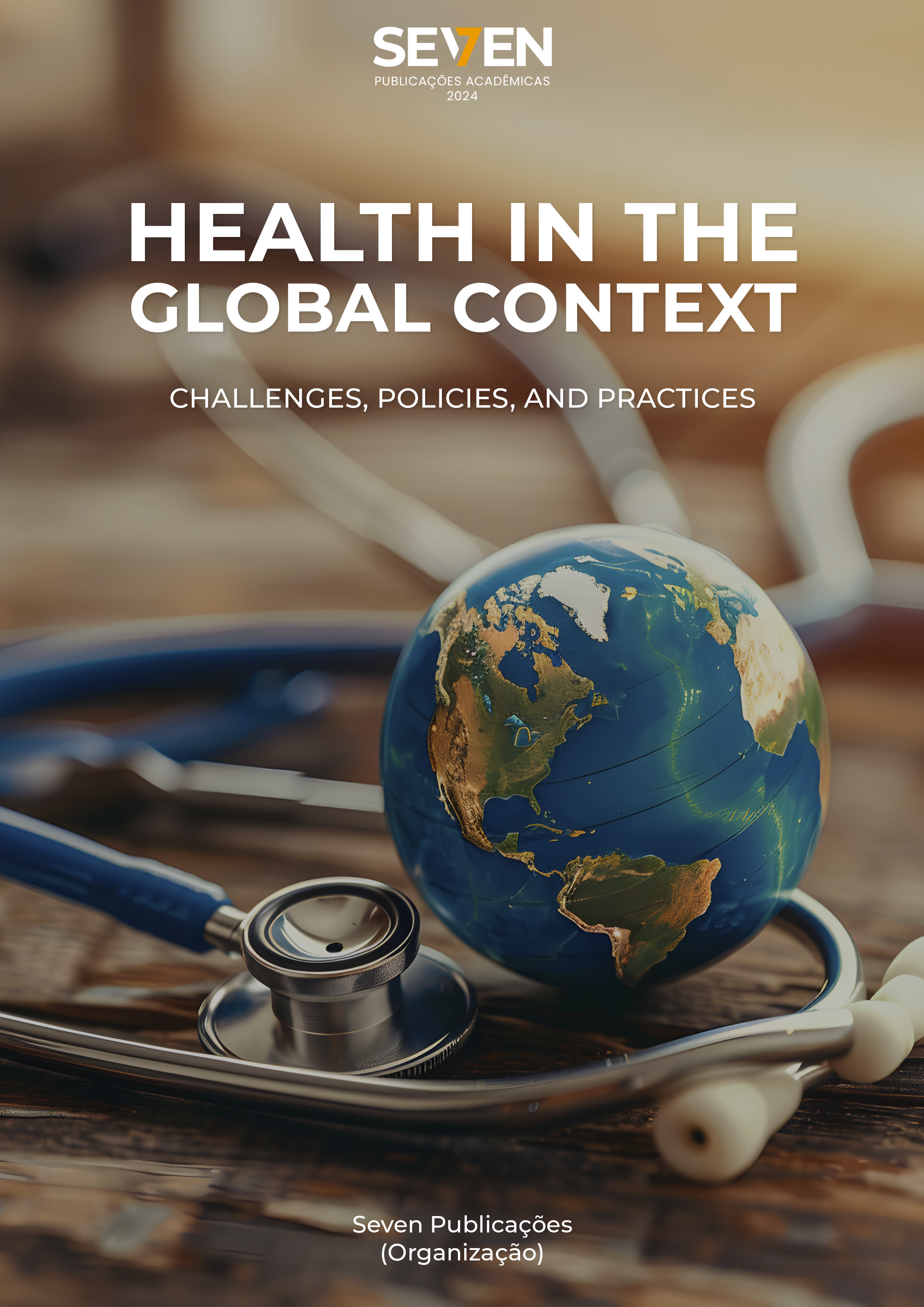THROMBOPHILIA AND PREGNANCY: MEANINGS ATTRIBUTED TO DRUG INTERVENTION WITH ENOXAPARIN SODIUM IN THE PREGNANCY-PUERPERAL PERIOD
Keywords:
Thrombophilia, High-Risk Pregnancy, Enoxaparin, NursingAbstract
Objective: to understand the feelings, perceptions and meanings attributed to the drug intervention with enoxaparin sodium in women with thrombophilia. Method: qualitative study, whose data were collected remotely between October 2021 and June 2022, through in-depth interviews with 13 women. The data were organized and analyzed in the MAXQDA plus 2020 Software and submitted to content analysis. Results: Two categories emerged that show that the diagnosis of thrombophilia and the use of enoxaparin sodium in the pregnancy-puerperal period represent a complex situation, permeated by feelings of fear, insecurity and uncertainty, which in addition to being linked to the complexity of the treatment, combine the complexity of having the medication released by the Unified Health System (SUS). However, the use of medication commonly means a proof of love, strength, courage and overcoming, being perceived as a unique moment worth living in pursuit of the dream of motherhood. Final considerations: drug treatment with enoxaparin sodium is meant as an act of love, strength and courage. It is perceived as the hope of life and as the overcoming of limits. Therefore, the need to disseminate information on thrombophilia and pregnancy among health professionals and managers is dazzled, favoring a greater understanding of this phenomenon, in order to ensure improvements in health care, as well as a safe and healthy pregnancy for women with thrombophilia.
Downloads
Published
Issue
Section
License
Copyright (c) 2024 Flávia Caroline C. G. Mendonça, Kely Paviani Stevanato, Daniela Aparecida de Souza Nunes, Rebeca Rosa de Souza

This work is licensed under a Creative Commons Attribution-NonCommercial 4.0 International License.





